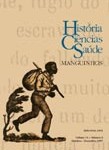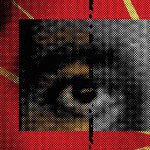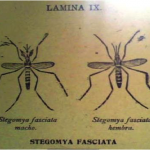November / 2019

Botocudos photographed before exhibitions
In 1882, a group of botocudo Amerindians were taken from their homeland in Espirito Santo to Rio de Janeiro to be exhibited at the National Museum Anthropological Exhibition, which also featured representatives of other indigenous peoples. They should act “normally” by playing the flute, shooting arrows and dancing in front of the visitors. Their presence in Rio de Janeiro attracted a lot of attention in the popular entertainment scene.
Later that year, the botocudos were brought to Europe and exhibited in various cities of the United Kingdom, which led Brazilians to contest the action of observing the botocudos as an object of exotic voyeurism.

Exhibition announcement published in The Illustrated Police News, June 9, 1883, p.1.
In the article “Where are the Botocudos?” Anthropological displays and the entanglements of staring, 1882-1883, Georg Fischer, professor at the Department of Global Studies at the Aarhus University School of Culture and Society, discusses 19th-century anthropological exhibitions, which inspired the cover of the current issue of HCS-Manguinhos (vol.26 no.3 jul./set. 2019). The text is available in English.
Read the article:
“Where are the Botocudos?” Anthropological displays and the entanglements of staring, 1882-1883, (HCS-Manguinhos, vol.26 no.3 jul./set. 2019)

Artwork by Fernando Vasconcelos using photo from The National Archive (Kew, UK) and poster of the anthropological exhibition on Piccadilly Hall (London, 1883)











